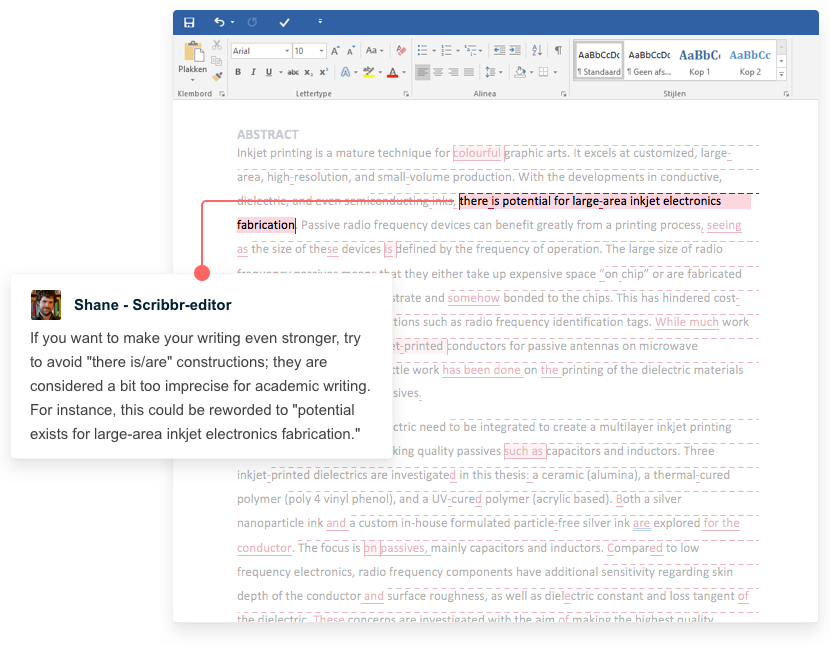What Is Ecological Validity? | Definition & Examples
Ecological validity measures how generalizable experimental findings are to the real world, such as situations or settings typical of everyday life. It is a subtype of external validity.
If a test has high ecological validity, it can be generalized to other real-life situations, while tests with low ecological validity cannot.
Using this approach, your findings would have low ecological validity. The experience of watching the video at home is vastly different from watching it on a plane.
To achieve high ecological validity, the best approach would be to conduct the experiment on an actual flight.
Ecological validity is often applied in experimental studies of human behavior and cognition, such as in psychology and related fields.
What is ecological validity?
Ecological validity assesses the validity of a study’s findings based on the environment or setting in which the study took place. If you have reason to suspect that the study’s environment may have influenced the generalizability of its results or led to research bias, the study’s ecological validity may be questioned.
For example, an experiment where participants are asked to read a news article about local politics in another country has mundane realism because it uses activities common in everyday life (e.g., reading the news). However, the study may lack ecological validity if in the real world people do not read an article on this topic.
Assessing ecological validity
To assess the ecological validity of a study, you must critically examine the setting where it took place. It’s not as cut-and-dried as “the experiment took place in a lab, therefore it lacks ecological validity.” Rather, it’s more about pointing out what can prevent results from one environment or setting from being successfully applied to another.
The following questions can help you assess ecological validity:
- What environment is the study taking place in?
- To what other environment(s) are you trying to apply these conclusions?
- How are these two different, or similar?
For instance, you can argue that in the lab setting, the word list is isolated from any real-life context. The participant is motionless in front of a screen, unable to respond or influence the situation in any way. In contrast, these conditions are not present in an actual conversation, where people interact and exchange information naturally. As such, you may question the ecological validity of the findings.
It’s important to keep in mind that research studies conducted in a lab setting don’t necessarily lack ecological validity. And generalizability does not depend on ecological validity alone—you need to consider other factors, too, such as population validity.
Ecological validity vs. external validity
External validity examines whether study findings can be generalized beyond the sample. In other words, it analyzes whether you can apply what you’ve found in your study to other populations, situations, or variables.
On the other hand, ecological validity examines, specifically, whether the study findings can be generalized to real-life settings. Ecological validity is a subtype of external validity.
To assess external validity, you need to ask whether the findings can be generalized to patients with characteristics that are different from those in the study in some way. This could mean patients who are treated in a different way, or patients who have longer-term follow-ups.
You also need to specifically examine whether the findings of the study can be generalized to real-world situations, such as clinical practice in everyday life.
Examples of ecological validity
Measuring ecological validity shows you to what degree results obtained from research or experiments are representative of conditions in the real world. Here are a few examples.
- Walk in the rain to get to their destination, an auditorium in an adjacent building
- Walk inside, but for a much greater distance, to get to the same auditorium
Your findings show that 83% of the participants would choose to walk a shorter distance in the rain.
You can argue that your study findings can be generalized to the real world for two reasons:
- The setting in which your test took place is an everyday setting, a campus.
- The dilemma you presented participants with can easily occur in everyday life.
Now, you can feel confident in generalizing what most people in a similar situation would do. In this case, they would likely prefer to walk through the rain in order to reach their destination faster, rather than taking a longer route and staying dry.
This situation checks the boxes for high ecological validity. However, keep in mind that to draw definite conclusions about the generalizability of your results, you also need to consider population validity.
When results obtained from research or (controlled) experiments are not representative of conditions in the real world, the study findings are characterized by low ecological validity.
After a few weeks, you observe the same players in a natural setting. Your results show that the players have more or less the same number of verbal outbursts in both settings. However, they are more willing to take monetary risks in the lab. Given that the players were aware that they were participating in an experiment, and there was no real money involved, this is not a surprising outcome.
Ultimately, this study has low ecological validity because the results can not be generalized and applied outside the lab setting.
Limitations of ecological validity
Ecological validity has a few limitations to be aware of.
Laboratory environments
Often, research studies in fields like psychology are conducted in laboratories, with the goal of better understanding human behavior. Ideally, an experiment like this will produce generalizable results—meaning that it predicts behavior outside the laboratory. If so, the study shows evidence of ecological validity.
However, laboratories are controlled environments. Distractions are minimized so that study participants can focus on the task at hand, clear instructions are provided, and researchers ensure that equipment works. Additionally, lab experiments risk having demand characteristics, or cues that point to the study’s objectives. These cues may lead participants to alter their behavior.
As these are all conditions that are usually not present in real life, they may compromise the study’s ecological validity.
Lack of standard measurements
There is no consensus about a standard definition of ecological validity; in fact, multiple definitions exist. As a result, there are no agreed-upon standards for measuring ecological validity. This leads some researchers to question the usefulness of ecological validity, arguing that being specific about what behavior or context you are testing is sufficient to mitigate research bias.
Before addressing ecological validity in your dissertation or research paper, it is important to find out how your teacher, department, or field of study defines it.
Tradeoff with internal validity
As mentioned above, controlled laboratory environments are not always a good fit for high ecological validity. However, controlled environments are better for establishing the cause-and-effect relationships needed for high internal validity, where it’s ideal for circumstances to be as identical as possible.
This can lead to a bit of a tradeoff between the almost-unnatural setting needed to assess internal validity and the approximation of real life needed to assess ecological validity. While a natural environment yields high ecological validity, it comes with the risk of more external factors influencing the relationship between different types of variables, leading to low internal validity.
Other interesting articles
If you want to know more about statistics, methodology, or research bias, make sure to check out some of our other articles with explanations and examples.
Methodology
Frequently asked questions
- Why is ecological validity not prioritized in studies conducted in theory-testing mode?
-
The purpose of theory-testing mode is to find evidence in order to disprove, refine, or support a theory. As such, generalizability is not the aim of theory-testing mode.
Due to this, the priority of researchers in theory-testing mode is to eliminate alternative causes for relationships between variables. In other words, they prioritize internal validity over external validity, including ecological validity.
- What’s the difference between reliability and validity?
-
Reliability and validity are both about how well a method measures something:
- Reliability refers to the consistency of a measure (whether the results can be reproduced under the same conditions).
- Validity refers to the accuracy of a measure (whether the results really do represent what they are supposed to measure).
If you are doing experimental research, you also have to consider the internal and external validity of your experiment.
- What is the difference between internal and external validity?
-
Internal validity is the degree of confidence that the causal relationship you are testing is not influenced by other factors or variables.
External validity is the extent to which your results can be generalized to other contexts.
The validity of your experiment depends on your experimental design.
Cite this Scribbr article
If you want to cite this source, you can copy and paste the citation or click the “Cite this Scribbr article” button to automatically add the citation to our free Citation Generator.
Nikolopoulou, K. (2023, June 22). What Is Ecological Validity? | Definition & Examples. Scribbr. Retrieved April 15, 2024, from https://www.scribbr.com/methodology/ecological-validity/

